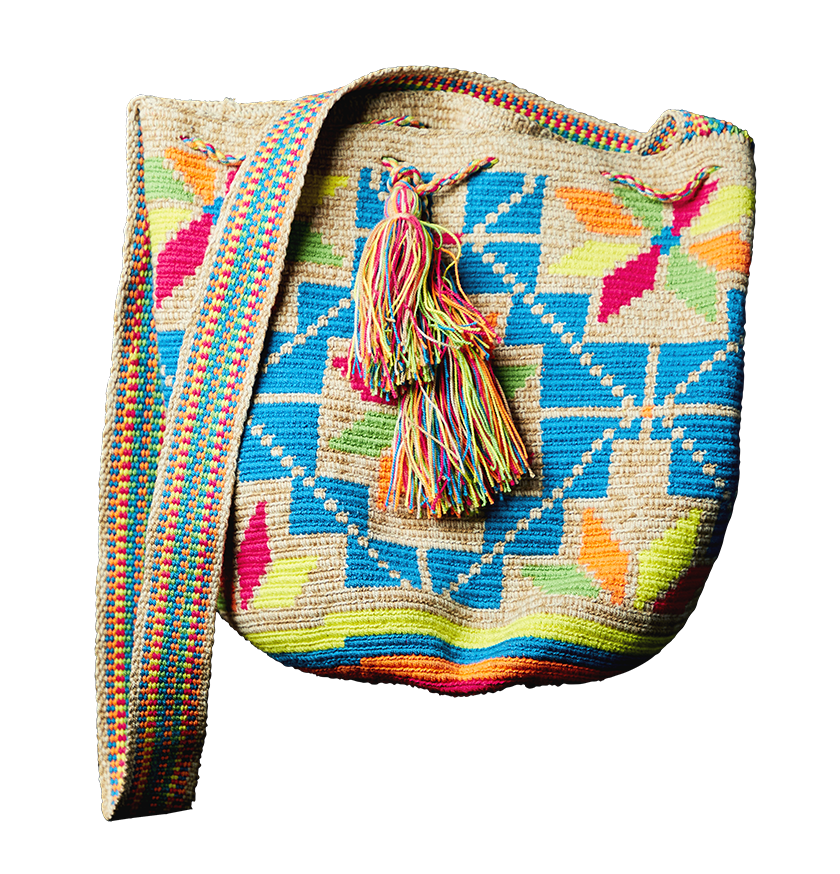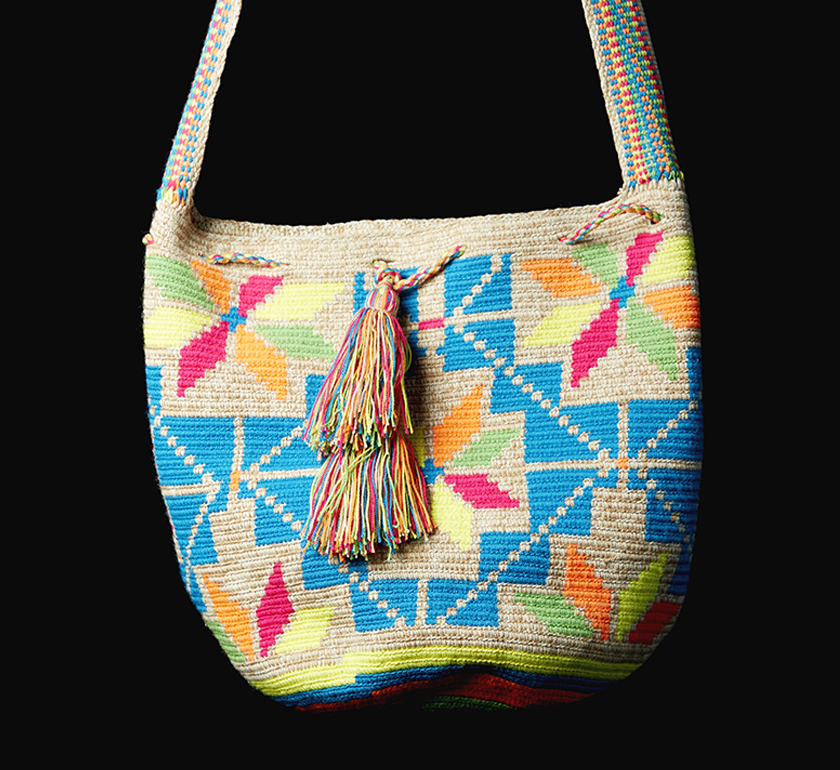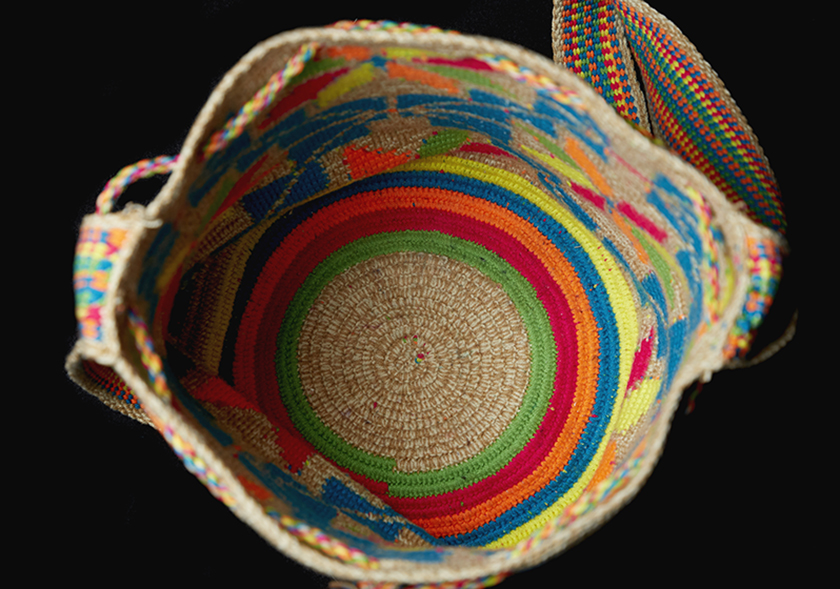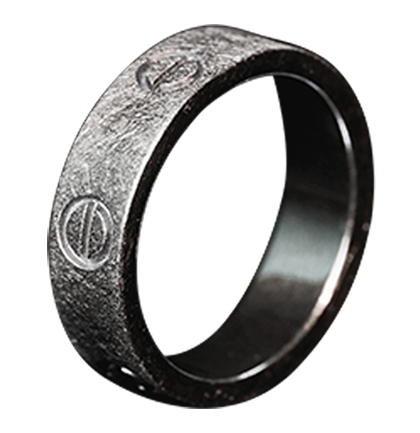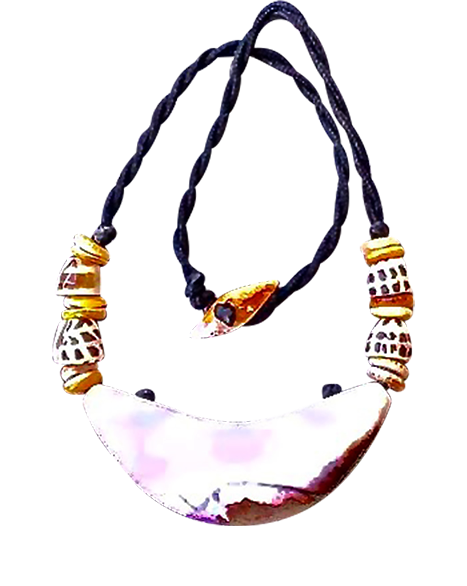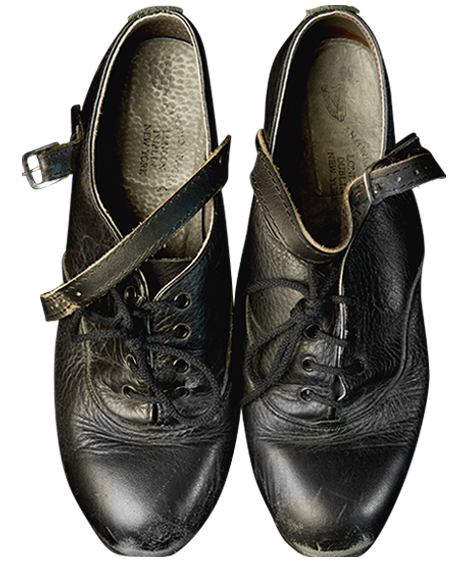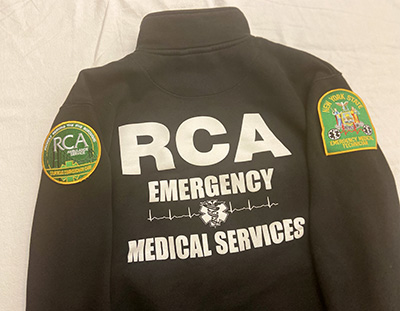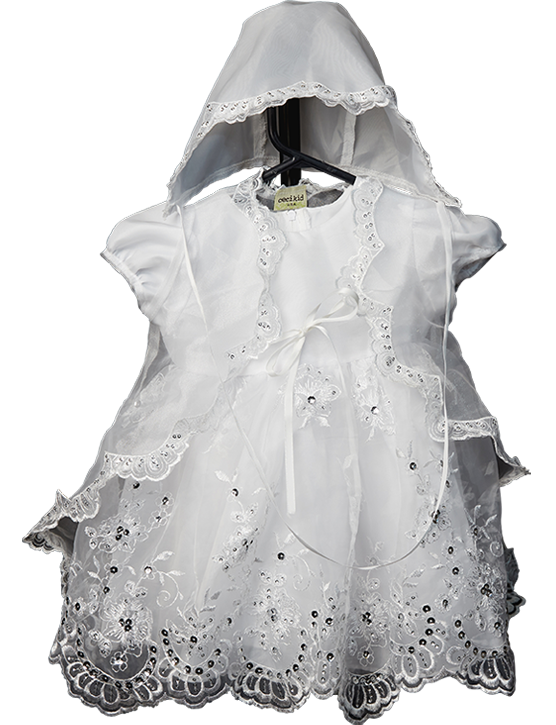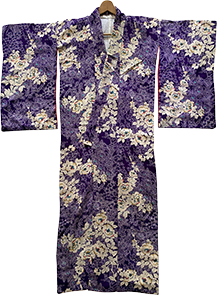Wayuu Mochila
ABOUT
Wayuu bags (called mochilas in Spanish) are a representation of the culture of the Wayuu, an indigenous group of people who live in the northeast area of Colombia and northwest Venezuela. This culture has a matriarchal structure and preserves its traditions while integrating with the rest of the cultures of the country and the world. Weaving bags provides a great economic support for the Wayuu people. The history and myths of Wayuu mochilas go back many years, when the spider Wale ’Kerü, the best weaver, taught Wayuu women to weave. From that moment onward, weaving became a cultural practice and a way of representing their perceptions of life. Wayuu mochilas are made up of colorful designs inherited from the colonial period when the Spanish introduced the native people to acrylic threads in multiple colors. Bags such as these represent the culture of these people who fight to keep their customs alive. The bags are produced in different sizes depending on their use. Some mochilas are small for carrying money, while others are large for collecting food. The fabric designs are called Kaanás, which translates to “art of weaving drawing,” and date to pre-Columbian times, meaning these designs were created before the arrival of the Spanish in 1492. The repeated geometric patterns throughout the bags’ fabric are inspired by everyday objects or nature.
— Jose Lobo
SPANISH TRANSLATION BY JOSE LOBO
Las mochilas Wayuu son la representación de la cultura del grupo indígena Wayuu, quienes viven en la zona noroeste de Colombia. Este pueblo indígena, de estructura matriarcal, preserva sus tradiciones culturales mientras las integran con el resto de las culturas del país y del mundo. La fabricación de estas mochilas es, principalmente, el mayor soporte económico para el pueblo Wayuu. Su historia se remonta muchos años atrás, cuando la araña Wale ‘Kerü, la mejor araña tejedora, les enseñó a las mujeres Wayuu a tejer. Desde ese momento el tejido se convirtió en una práctica cultural y en una forma de representar cómo ellos entienden la vida y demostrar sus deseos. Las mochilas están diseñadas con varios colores, los cuales son herencia del periodo colonial cuando los españoles les mostraron a los nativos hilos acrílicos multicolores. Las mochilas representan la cultura de este pueblo, el cual lucha para que sus costumbres no perezcan y mostrar su forma de ver la vida. Estas mochilas existen en diferentes tamaños dependiendo del uso al cual están destinadas (desde pequeñas para llevar dinero hasta grandes tamaños para transportar herramientas) y los diseños están inspirados en los objetos de uso cotidiano o en la naturaleza como animales o plantas. Los diseños con los que se fabrican son llamados kaanás, lo cual traduce “arte de tejer dibujo” y se remontan a la época precolombina (antes de la llegada de los españoles en 1492). Están compuestas por patrones geométricos que se repiten a lo largo del tejido y representan la representación que los Wayuu tienen de los elementos del mundo material o de su vida diaria.
Click on Image to View Gallery
ORIGIN
La Guajira, Colombia
APPROXIMATE DATE
c. 2017–2019
MATERIALS
Crocheted acrylic thread
COLLECTION OF
Maria Doria
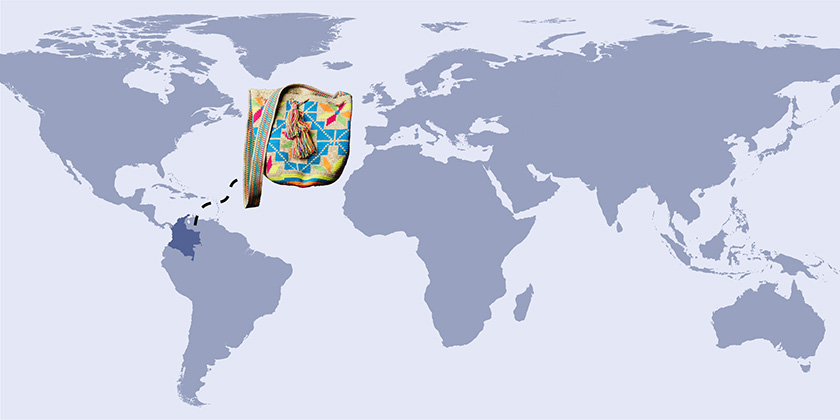
Wayuu Mochila
Click on Image to View Gallery
ABOUT
Wayuu bags (called mochilas in Spanish) are a representation of the culture of the Wayuu, an indigenous group of people who live in the northeast area of Colombia and northwest Venezuela. This culture has a matriarchal structure and preserves its traditions while integrating with the rest of the cultures of the country and the world. Weaving bags provides a great economic support for the Wayuu people. The history and myths of Wayuu mochilas go back many years, when the spider Wale ’Kerü, the best weaver, taught Wayuu women to weave. From that moment onward, weaving became a cultural practice and a way of representing their perceptions of life. Wayuu mochilas are made up of colorful designs inherited from the colonial period when the Spanish introduced the native people to acrylic threads in multiple colors. Bags such as these represent the culture of these people who fight to keep their customs alive. The bags are produced in different sizes depending on their use. Some mochilas are small for carrying money, while others are large for collecting food. The fabric designs are called Kaanás, which translates to “art of weaving drawing,” and date to pre-Columbian times, meaning these designs were created before the arrival of the Spanish in 1492. The repeated geometric patterns throughout the bags’ fabric are inspired by everyday objects or nature.
— Jose Lobo
SPANISH TRANSLATION BY JOSE LOBO
Las mochilas Wayuu son la representación de la cultura del grupo indígena Wayuu, quienes viven en la zona noroeste de Colombia. Este pueblo indígena, de estructura matriarcal, preserva sus tradiciones culturales mientras las integran con el resto de las culturas del país y del mundo. La fabricación de estas mochilas es, principalmente, el mayor soporte económico para el pueblo Wayuu. Su historia se remonta muchos años atrás, cuando la araña Wale ‘Kerü, la mejor araña tejedora, les enseñó a las mujeres Wayuu a tejer. Desde ese momento el tejido se convirtió en una práctica cultural y en una forma de representar cómo ellos entienden la vida y demostrar sus deseos. Las mochilas están diseñadas con varios colores, los cuales son herencia del periodo colonial cuando los españoles les mostraron a los nativos hilos acrílicos multicolores. Las mochilas representan la cultura de este pueblo, el cual lucha para que sus costumbres no perezcan y mostrar su forma de ver la vida. Estas mochilas existen en diferentes tamaños dependiendo del uso al cual están destinadas (desde pequeñas para llevar dinero hasta grandes tamaños para transportar herramientas) y los diseños están inspirados en los objetos de uso cotidiano o en la naturaleza como animales o plantas. Los diseños con los que se fabrican son llamados kaanás, lo cual traduce “arte de tejer dibujo” y se remontan a la época precolombina (antes de la llegada de los españoles en 1492). Están compuestas por patrones geométricos que se repiten a lo largo del tejido y representan la representación que los Wayuu tienen de los elementos del mundo material o de su vida diaria.
ORIGIN
La Guajira, Colombia
APPROXIMATE DATE
c. 2017–2019
MATERIALS
Crocheted acrylic thread
COLLECTION OF
Maria Doria

OTHER OBJECTS FROM THE EXHIBITION

